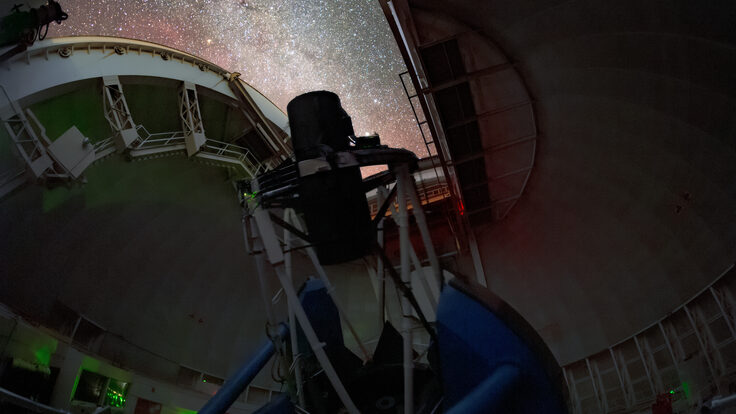On the trails of Indiana Jones
Innovative 21st century technology at Argonne National Laboratory is taking researchers back to the 19th century, the 16th century, and even the third millennium BCE.
Scientists and historians using the Advanced Photon Source at Argonne, a Department of Energy laboratory, are finding that the most brilliant x-rays in the Western Hemisphere can reveal internal details about relics without damaging them.
For example, researchers found massive amounts of lead—a "toxic overdose"—in bone fragments and hair belonging to 19th century composer Ludwig von Beethoven, confirming the cause of his chronic debilitating illness. The researchers used micro-imaging to look at the distribution of lead in and on both the bone fragments and hair.
The APS was also used to study two astrolabes, instruments that were used to study the positions of the stars before the telescope was invented. The instruments were from different collections, Chicago's Adler Planetarium and Harvard University, but each bore the same name and date, suggesting that at least one was a forgery.
Three different tests were done at the APS—fluorescence analysis to determine the element composition; diffraction analysis to determine the crystalline texture of the astrolabes; and radiography to study the thickness of each plate of the astrolabes. All three revealed the same result, showing that the Adler astrolabe is consistent with materials and workmanship of the period, and the Harvard instrument was of much more recent manufacture.
And an international team of archaeologists and physicists from the University of Chicago Oriental Institute used high-resolution x-ray fluorescence data to analyze the composition of a figurine from the Amuq Valley in central Turkey, and dated it to the beginning of the third millennium BCE. The researchers found the figurine to be an early example of the use of metallic alloys, made from copper and tin.
Catherine Foster,
Argonne National Laboratory
Click here to download the pdf version of this article.






